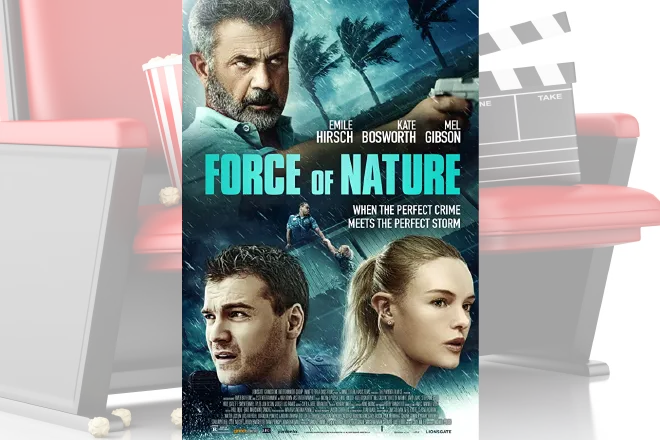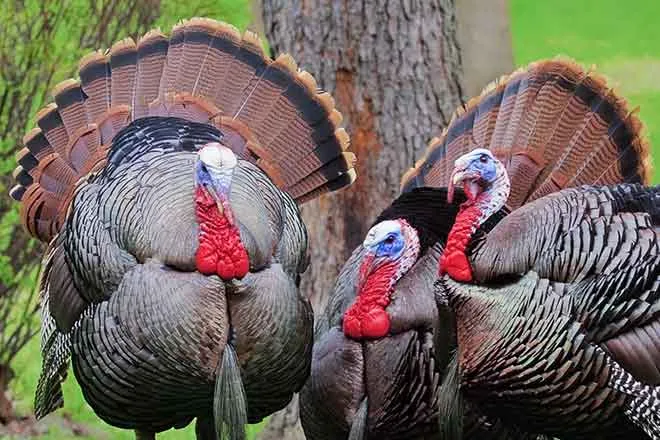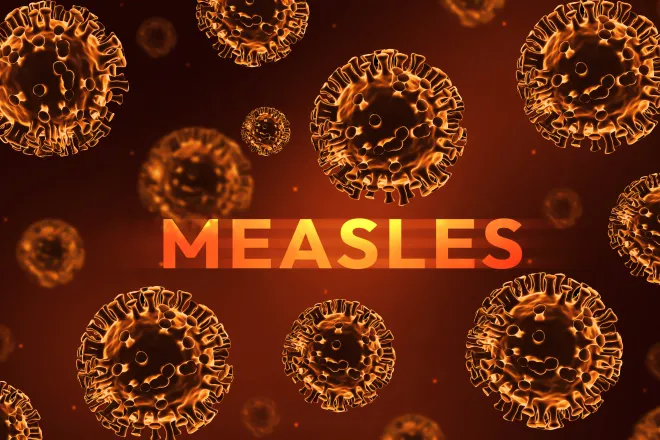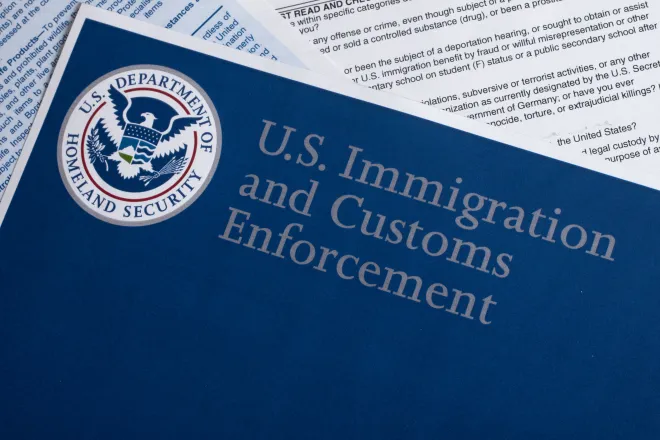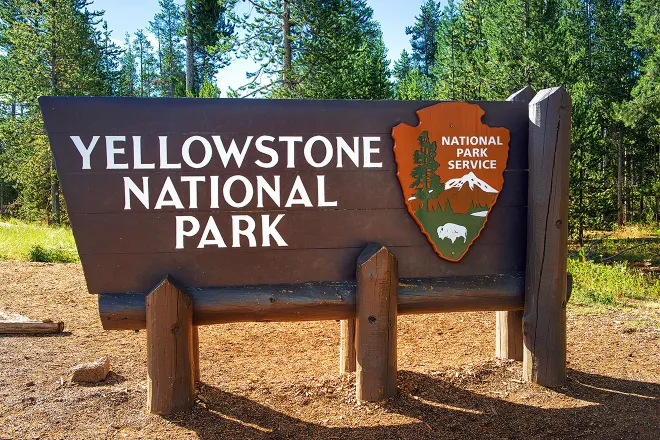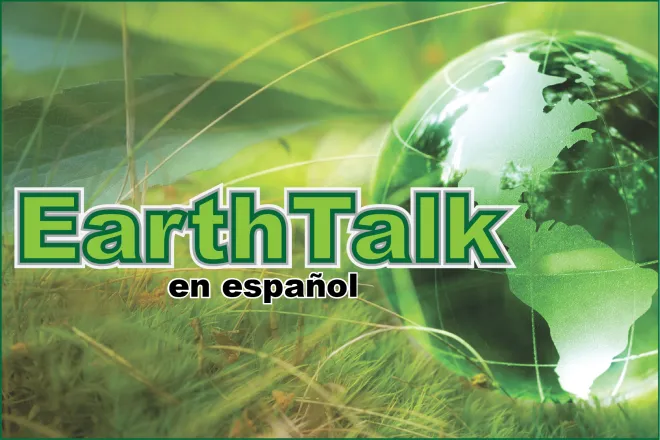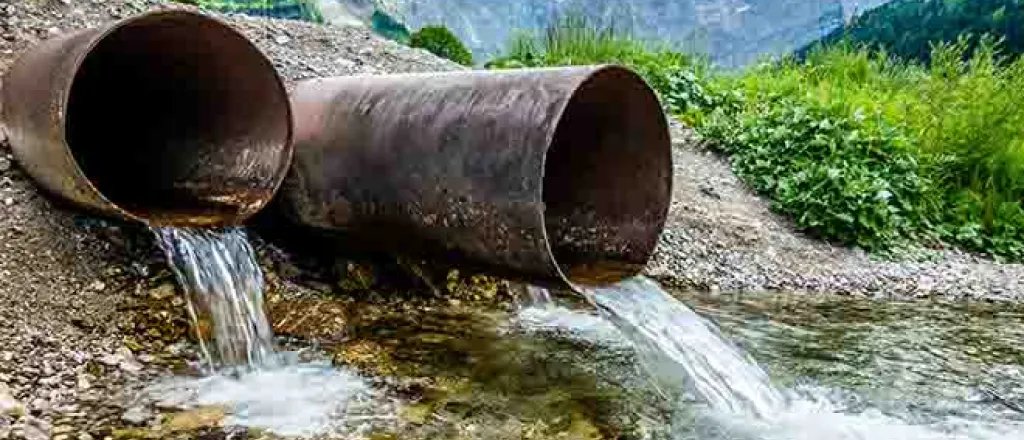
Montana joins tribes to target Canadian mining pollution
Click play to listen to this article.
(Big Sky Connection) Montana has joined a coalition of Indigenous groups working to address Canadian coal mining pollution in the state's Kootenai River.
The International Joint Commission, formed in 1909, works to settle boundary waters differences between the U.S. and Canada. It has formed a governance body to take on the issue.
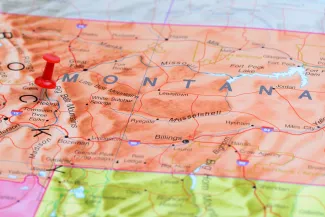
Tom McDonald, vice chair of the Salish and Kootenai Tribal Council, based on western Montana's Flathead reservation, said Canadian coal mines have been polluting the Kootenai for more than a century.
"To the point where the fisheries in Montana, as the watershed drains into Montana from Canada, it's caused fish to be deformed," McDonald explained. "Our native fish, like bull trout."
McDonald pointed out after years of stalled talks with Canada, the binational governance body will establish a cleanup plan for the 18,000-square-mile watershed over the next two years. One of the group's members is from Montana.
McDonald noted the runoff has affected the Kootenai River for nearly 400 miles into Montana and Idaho, and added the tribes finally resorted to involving the International Joint Commission to help. He emphasized selenium levels from the Canadian mines have reached the point where tribal members, who subsist on the fish in the river, cannot eat it.
"We don't know how far it's going into the food web," McDonald stressed. "We've been asking for Canada to fix the problem, enforce their regulatory laws against the coal mines, and they just haven't been able to do that. It's just elevated every year, and they keep expanding and getting bigger."
The Canadian company NWP Coal is proposing a new mine in the same watershed as the existing coal mines. The company claims its project will not increase selenium contamination but does not address the current pollution issue.


